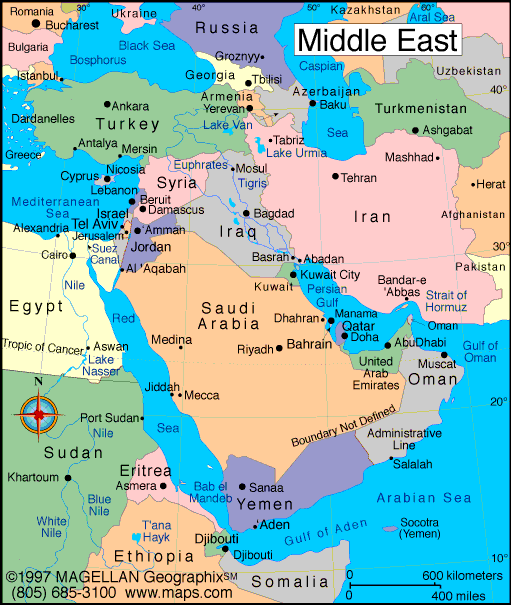
Growing up in a Syrian household, I spent my childhood learn about the beautiful levant. The way my grandmother spoke about Syria was free from anguish and turmoil. Whether she was deflecting from the harsh realities of the unrest and civil war or whether she just decided that I was too young to know, she never spoke ill of the home across the pond. It wasn’t until 2011 when my cousins started dying at the hands of Assad that she finally radicalized me.
It is because of my proximity to Syria that I care so much for Falesteen. No liberation until we are all free. Obama bombing children warps to Biden sending aid to international war criminals saying, “they have the right to defend themselves” while they commit genocide over something as pathetic as land hegemony, to Trump saying he wants to “finish the job” and “double down” on helping to wipe out an entire culture.
Falesteen divided is a torn-apart land, both geographically and emotionally. This isn’t only about borders and territories but about a fractured identity where the Palestinian people have been thrown across every corner of the world, made to live in exile, refugee camps, or under occupation. If they made it out at all they are better off than the rest. There is the body of Palestine, divided into pieces: the West Bank, Gaza, and the diaspora-each cut off from the others but joined by a common struggle for self-determination and justice. It is a doubled land, one homeland, the Palestinian, living in the mind, and the other, occupation and exile, destroying it day after day.
This division can be apprehended by thinking that doubling-Falesteen reflects two contradictory realities. There is, on one side, the ideal of a unified Palestinian state where a people live free upon their land-with dignity. Then there is the occupation, the wall, the checkpoints, the endless fragmentation of Palestinian land. Every piece of land is torn between the history of dispossession and the hope for return.
It’s not just the land that’s divided. It’s the hope. The culture. I wish when I am reminded of Falesteen I am not left with an uncanniness coming from the familiarity mirrored in Syria. The Falesteen I know has food similar to my own yet I know that children are dying with nothing covering their bones. Keffiyeh’s aren’t just worn as a sign of resistance and solidarity but instead they are worn because they are the perfect topping to an outfit. I wish we could all dance Dabke without broken and buried legs holding us back.

This division extends beyond the borders of Falesteen, spilling out into the surrounding countries: Syria, Lebanon, and Iran. Each of these nations has played its part in the Palestinian story, but each also has its own political interests that tangle the cause.
For decades, Syria has been a home for the Palestinians, but it is also a battleground in its own right; rebels fighting against the lethal Assad regime. The Palestinians in Syria suffer from the civil war, jumping from one hellscape to the next. The camps in Syria have become another piece of Palestinian exile, once symbols of hope. Israel continues to bomb and destroy Syria while my people have to endure both Assad and N***nyahu.
The future of Falesteen cannot be further partitions of its land; it must be a question of returning the land to its rightful owners—that is, the Palestinians. No more two-state solutions or compromised deals. Don’t negotiate with settlers and tactics for colonialism. The time to heal this divided body of Palestine is ripe, and every inch of land, from the West Bank to Gaza, needs to be reclaimed in order to bring this far-too-long exile to an end. It is here, inside, that the radical call for land back-one call for one Palestine, undivided by occupation, diaspora, or geopolitics-has taken place.
In this lifetime Falesteen will be free.
From the river to the sea 🍉